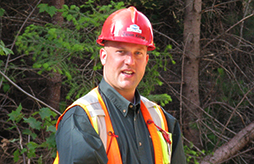Remote Sensing
 Remote sensing: scanning of the forest by aircraft or satellite in order to obtain information about the forest lands we manage.
Remote sensing: scanning of the forest by aircraft or satellite in order to obtain information about the forest lands we manage.Remote sensing images, combined with forest classification maps, help describe many aspects of the forest. From this information, we prepare a forest management plan to sustainably manage multiple values including: watercourses, wildlife habitat, recreation areas, timber supply, road maintenance, silviculture, biodiversity, and fire control.
Today’s forester uses Global Positioning Systems (GPS) to update our forest management activities with greater frequency and accuracy than ever before. GPS technology on harvesting equipment is also used to track actual harvest levels.
J.D. Irving, Limited was the first forestry company in Canada to build and maintain a Geographic Information Systems (GIS) and GPS technology in the early 1980s!
New Light Detection and Ranging (LiDAR) technology is providing even more detailed terrain mapping, forest inventory, and operational planning improvements.
Depth-to-Water-Table mapping developed by Dr. Paul Arp at the University of New Brunswick improves our forest road location, determines potential unmapped streams, reduces operational site impacts, and is being used to help predict site productivity.
J.D. Irving, Limited continues to work with the Canadian Forest Service, several universities, and leading IT companies to develop and leverage spatial technology to improve forest management.
LiDAR is like an MRI of the forest; we use it to measure dozens of forest characteristics like tree height, number of trees, and more. It is so accurate that we can know the height of a tree to within 10 cm and depressions on the ground to within 3 cm! This new level of accuracy allows us to plan at a much higher level of detail than ever before for multiple values.
Questions about our Healthy Forest Approach? Read the FAQ.
(1).png?n=7605)












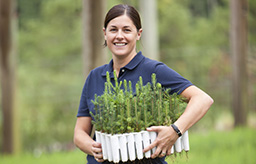

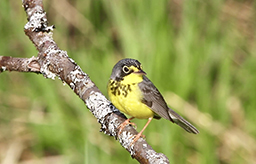

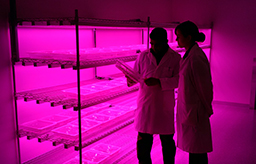


.jpg)





_small.jpg)
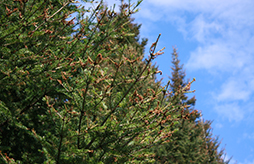
.jpg)
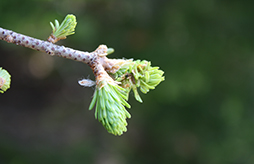
.jpg)
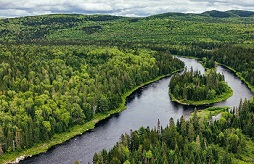
.jpg)


.jpg?n=6166)
